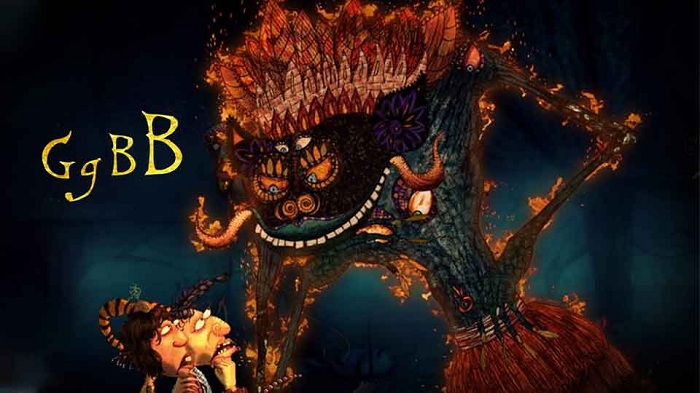As a designer, animator, illustrator, flimmaker and an academian, Shilpa Ranade has directed animated short films which have been screen all over the world, winning accolades in some of the most prestigious film festivals. Her latest animated full-length feature film, Goopi Gawaiya Bagha Bajaiya (GGBB) premiered at Toronto International Film Festival.
Ranade, who pursued her career in applied art at Sir J.J. Institute of Applied Art, has also been a faculty at Industrial Design Centre in Mumbai since 2001. Apart from GGBB, her other films include Mani’s Dying, The Harvest, The Childhood of Krishna and Naja Goes to School.
In conversation with AnimationXpress, Ranade shares her insights about the changing teaching pattern at art schools and how important it is to keep up with the everyday changing technology and techniques.
 How has the teaching process changed in regards to designing? How do you think the change is helpful for aspiring designers?
How has the teaching process changed in regards to designing? How do you think the change is helpful for aspiring designers?
As the world of information, intelligence and technology changes, teaching methods must take these into account. To be an effective teacher one cannot replicate available learning resources but be able to bring value to students by way of insights and unique applications, critical thinking and making linkages to human psychology, sociology, history while also building design values and ethics, apart from imparting skills.
Teaching design has always been challenging since design is an area that serves people. Naturally, it is ever changing and responding to social needs and shaping and anticipating future developments. Underlying basic design principles do remain at the foundation level, but they have to be contextualized to life and actuality. As a teacher, it is a demanding area since to be an effective teacher one has to be able to balance theory and practice. Design is for thinkers and doers.
What kind of growth do you see in the number of students choosing designing or art as their career option? Why do you think this liking for arts took place?
Design is an area of study that has deeply interested many thousands of aspiring students in recent times. One of the reasons is that it is an encompassing medium and one can bring to it many different sensibilities and skills. It has huge visibility and is now seen as a viable career option given the immense number of varied opportunities.
What subjects need to be included in the design course that will benefit the students?
The curriculum is a framework for educating designers, apart from that there have to be many related inputs to point to the web of things that can complement design thinking; these could include theater, puppetry, game design, ethnography, writing skills, reading, criticism and art appreciation, Indian thought and tradition, to name but a few.
What suggestions would you give to the freshers in this industry?
For freshers in the industry I would say don’t take easy paths but focus on what you really want to do, whether or not it is a popular option in current times. Have the will and vision to shape, in a personal way the path you choose, see that you bring unique value to your chosen area, take up challenges and responsibilities, keep learning and studying, education doesn’t end when you get your Degree, the real world has valuable lessons and one has to negotiate this in awareness and seriousness. Make design your own and take ownership of what you do.
What are the avenues open for the students when they step out of college?
If art and design is of interest to a student they should follow this path, even if academically one has strengths in other areas as well, paths should always be chosen on the basis of what you see yourself doing lifelong. This is of utmost importance and value and the only sustainable way of living. Design has very broad applications and the options for students are endless, you could be an animator, a vehicle designer, a graphic designer, a typographer, a product designer, a UI designer, a filmmaker, a web designer, the list is endless…

